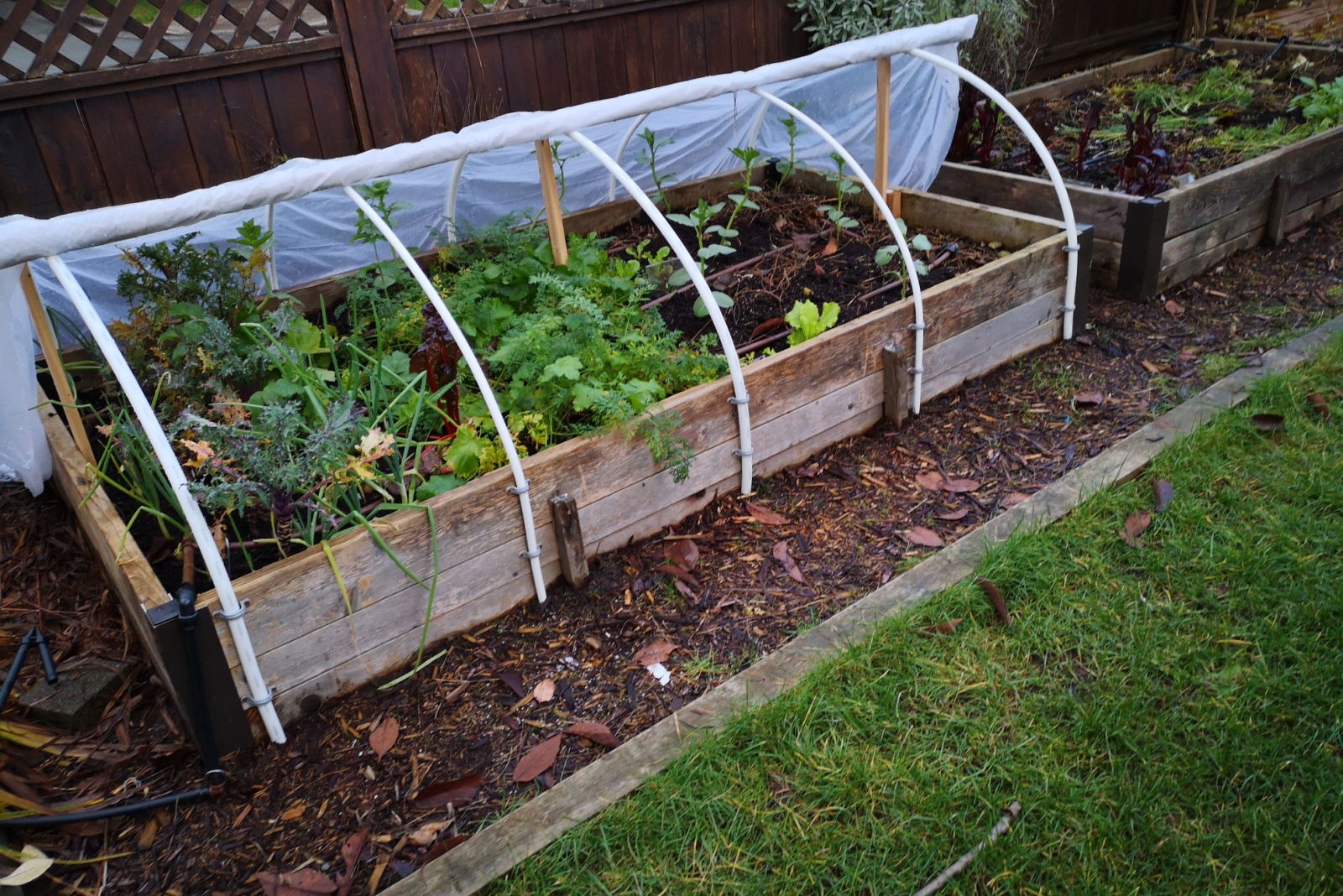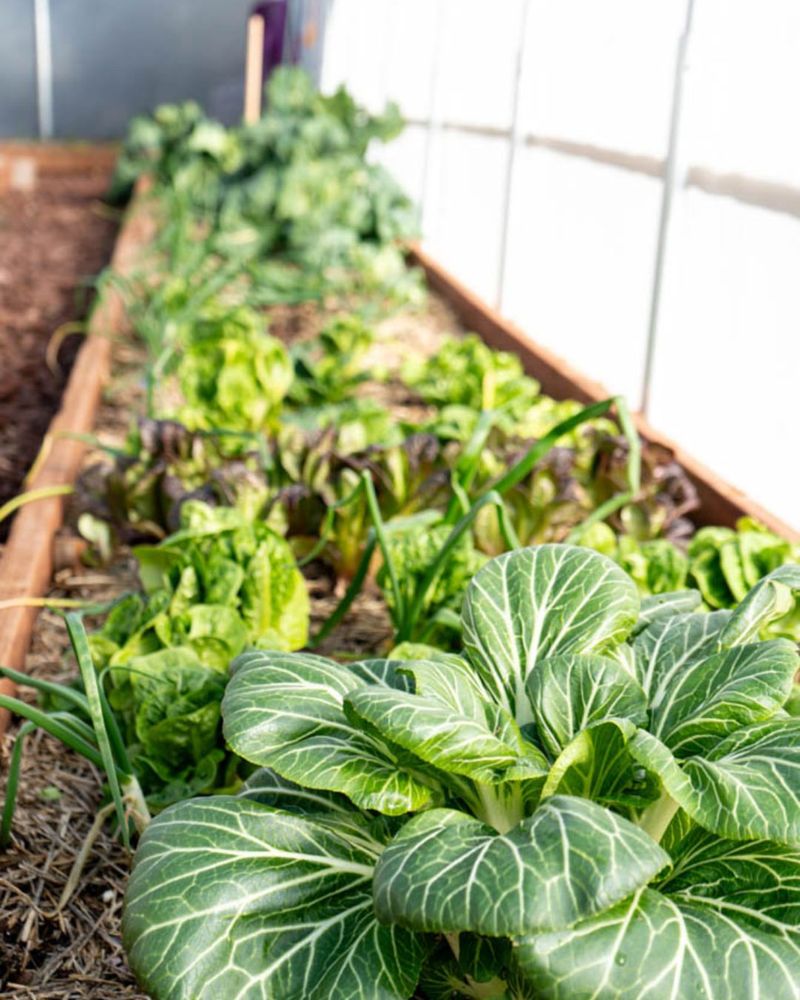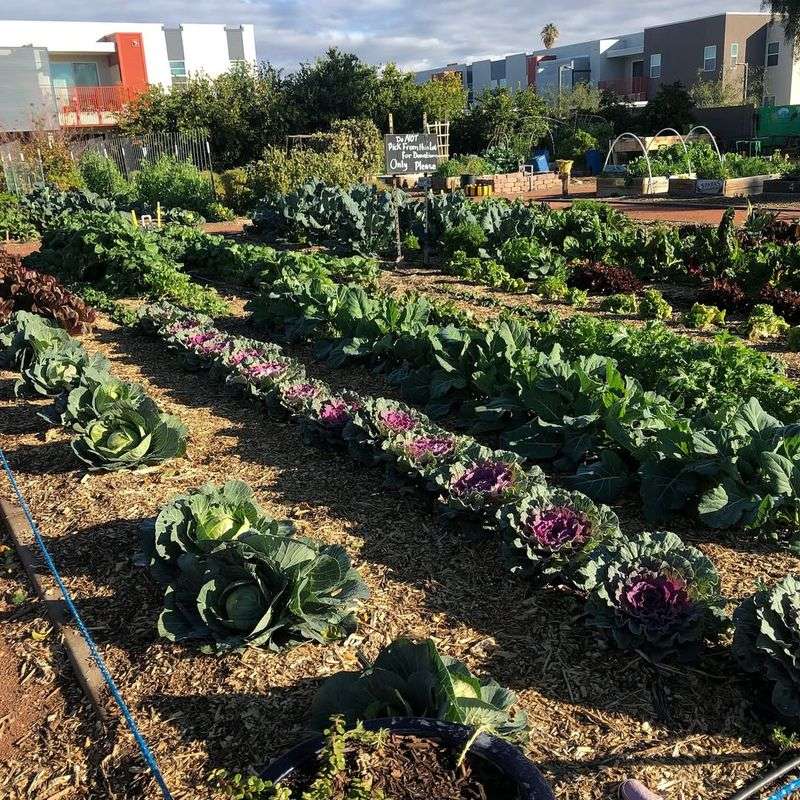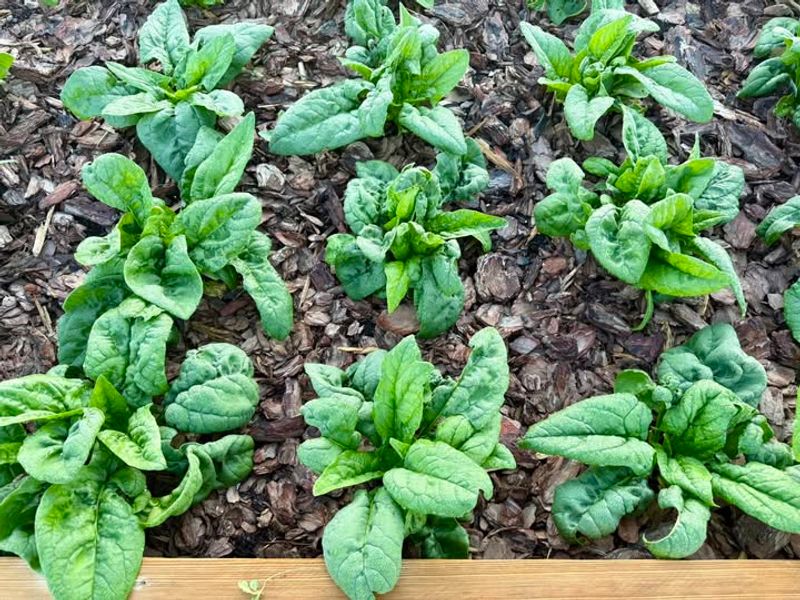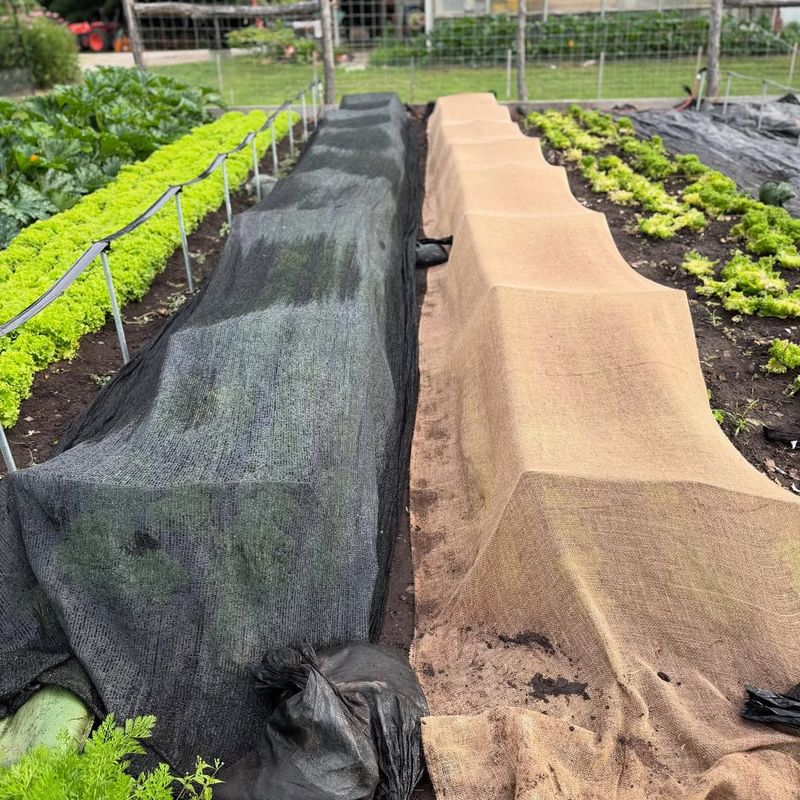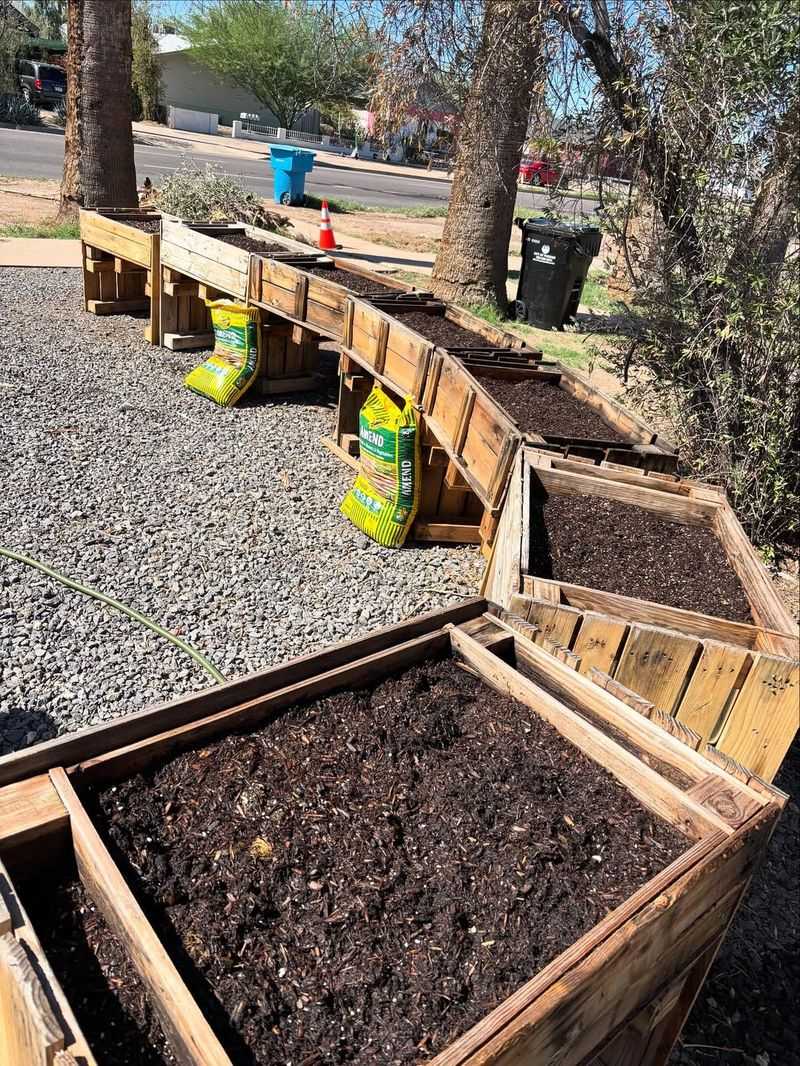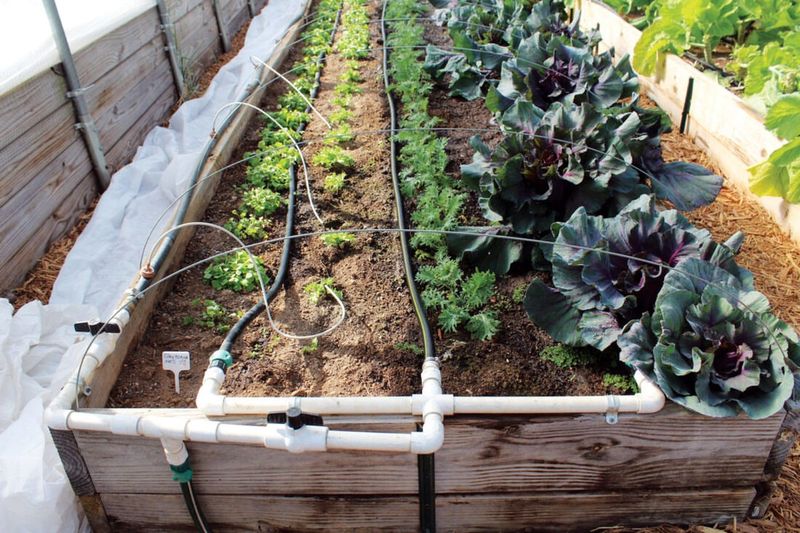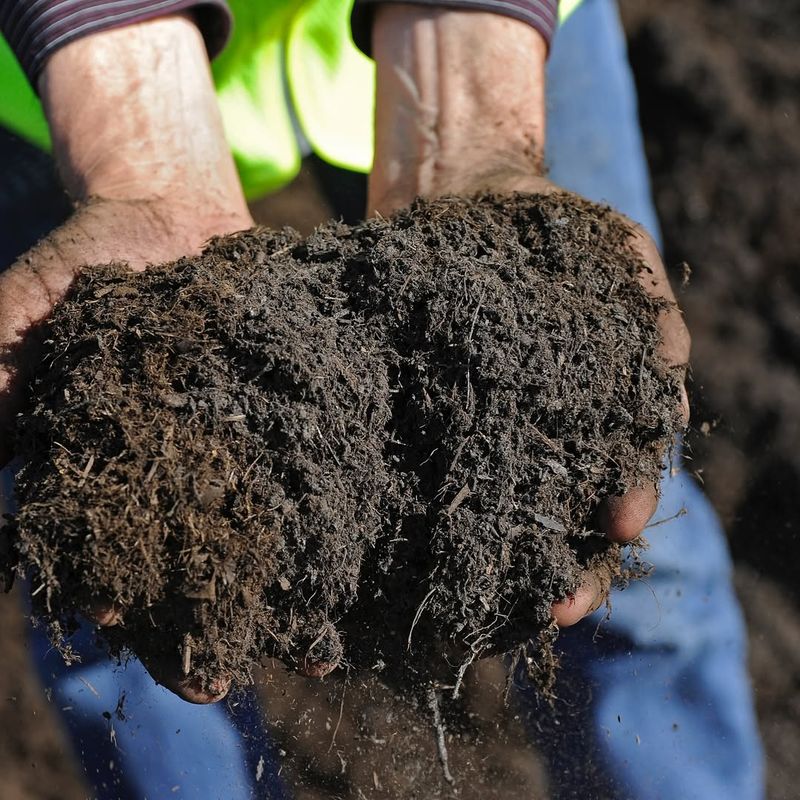December may bring chilly nights to Arizona, but that doesn’t stop local gardeners from pulling in baskets of fresh, crisp greens.
With a little desert know-how and a few clever tricks up their sleeves, they keep lettuces, herbs, and leafy favorites growing long after other regions have packed it in for the season.
In a climate where winter sunshine still packs plenty of power, these gardeners turn short days into steady harvests that taste as fresh as spring.
Mild Winter Temperatures Create Perfect Growing Conditions
Arizona winters feel like spring in many other states, with daytime temperatures hovering between 60 and 70 degrees Fahrenheit. Greens like lettuce and arugula absolutely love this weather because it’s warm enough for growth but cool enough to prevent bolting.
The desert climate protects plants from the freezing temperatures that destroy gardens elsewhere. Nighttime temps rarely drop low enough to damage cold-hardy greens, giving gardeners a huge advantage during December months.
Strategic Planting Times In September And October
Smart gardeners know that timing makes all the difference in the desert. Planting greens during late September or early October gives seedlings enough time to establish strong roots before winter arrives.
Seeds germinate quickly in the still-warm soil of early autumn. By December, those tiny sprouts have transformed into full-sized plants ready for harvest, rewarding patient gardeners with crisp, homegrown salads throughout the holiday season.
Choosing Cold-Hardy Varieties That Thrive In Desert Winters
Not all greens handle Arizona’s unique climate equally well. Varieties like dinosaur kale, buttercrunch lettuce, and Bloomsdale spinach were practically designed for desert winters.
These tough plants can handle occasional cold snaps without wilting or turning bitter. Gardeners who select proven varieties enjoy consistent harvests instead of disappointment, turning their December gardens into productive green factories that keep producing week after week.
Using Shade Cloth To Extend Growing Seasons
Even in winter, Arizona sunshine can be surprisingly intense on certain days. Shade cloth provides just enough protection to keep delicate greens from getting stressed by sudden warm spells.
A 30% shade cloth filters harsh rays while allowing plenty of light through for photosynthesis. Gardeners can quickly remove it during cooler periods, giving them flexible control over their growing environment and healthier plants as a result.
Raised Beds Provide Better Soil Temperature Control
Raised beds warm up faster during the day and hold that warmth longer into chilly desert nights. This temperature buffer keeps roots comfortable and encourages steady growth even when December mornings feel crisp.
The improved drainage in raised beds prevents waterlogged soil that can damage greens during winter rains. Gardeners gain better control over soil quality too, creating the perfect environment for productive harvests all season long.
Drip Irrigation Delivers Consistent Moisture Without Waste
Winter greens need steady moisture, but Arizona’s dry air can make watering tricky. Drip irrigation systems deliver water directly to plant roots, eliminating waste from evaporation and keeping leaves dry to prevent disease.
Automated timers take the guesswork out of watering schedules. Gardeners wake up to perfectly hydrated plants without lifting a finger, ensuring their December greens stay tender and delicious instead of tough or wilted.
Row Covers Protect Against Unexpected Cold Snaps
December occasionally brings surprise cold fronts that dip below freezing for a night or two. Lightweight row covers act like cozy blankets, trapping warmth near the soil and shielding tender leaves from frost damage.
These breathable fabrics allow sunlight and water through while keeping plants several degrees warmer. Gardeners can simply toss them over beds when forecasts look threatening, then remove them the next morning when danger passes.
Companion Planting With Taller Winter Vegetables
Tall crops like broccoli and cauliflower create natural windbreaks and shade for lower-growing greens planted nearby. This partnership protects delicate lettuce leaves from drying winds that sweep across the desert.
The taller plants also help moderate temperature swings around their smaller neighbors. Smart gardeners arrange their beds to maximize these natural benefits, creating microclimates that keep greens happy and productive throughout December’s changing weather patterns.
Mulching To Maintain Soil Moisture And Temperature
A thick layer of organic mulch works like insulation for garden soil. Straw, shredded leaves, or compost spread around greens helps maintain even soil temperatures while reducing water evaporation during dry winter days.
Mulch also suppresses weeds that would compete with greens for nutrients and water. As it breaks down, it feeds the soil with organic matter, creating a win-win situation that keeps December gardens productive and healthy.
Harvesting Outer Leaves For Continuous Production
Instead of pulling entire plants, experienced gardeners in Arizona harvest just the outer leaves from their greens. This cut-and-come-again method keeps the growing center intact, allowing plants to produce fresh leaves for weeks or even months.
Regular harvesting actually encourages more growth, turning each plant into a renewable resource. By December, gardeners enjoy abundant salads without replanting, making their winter gardens surprisingly productive with minimal effort throughout the entire season.

